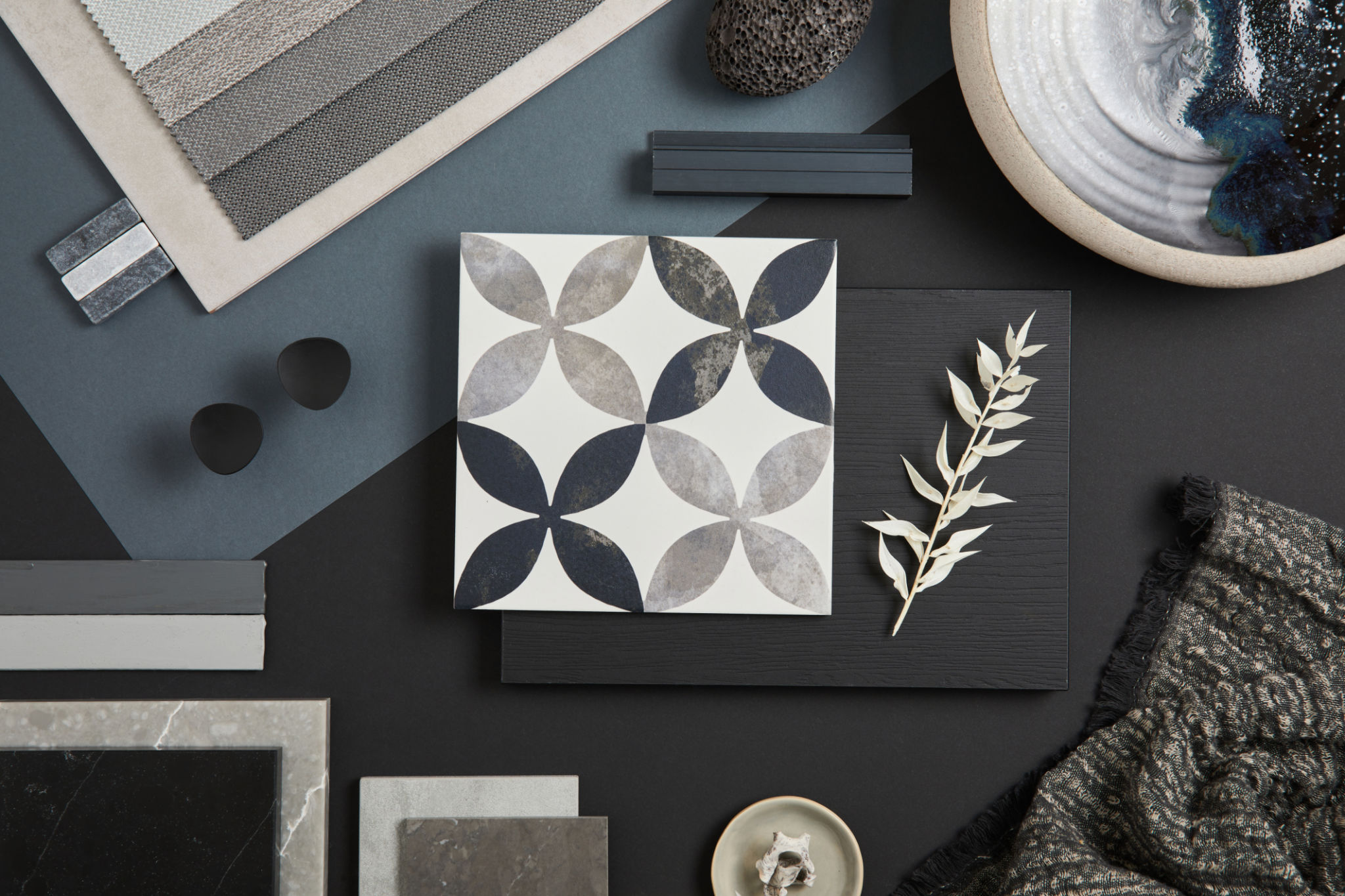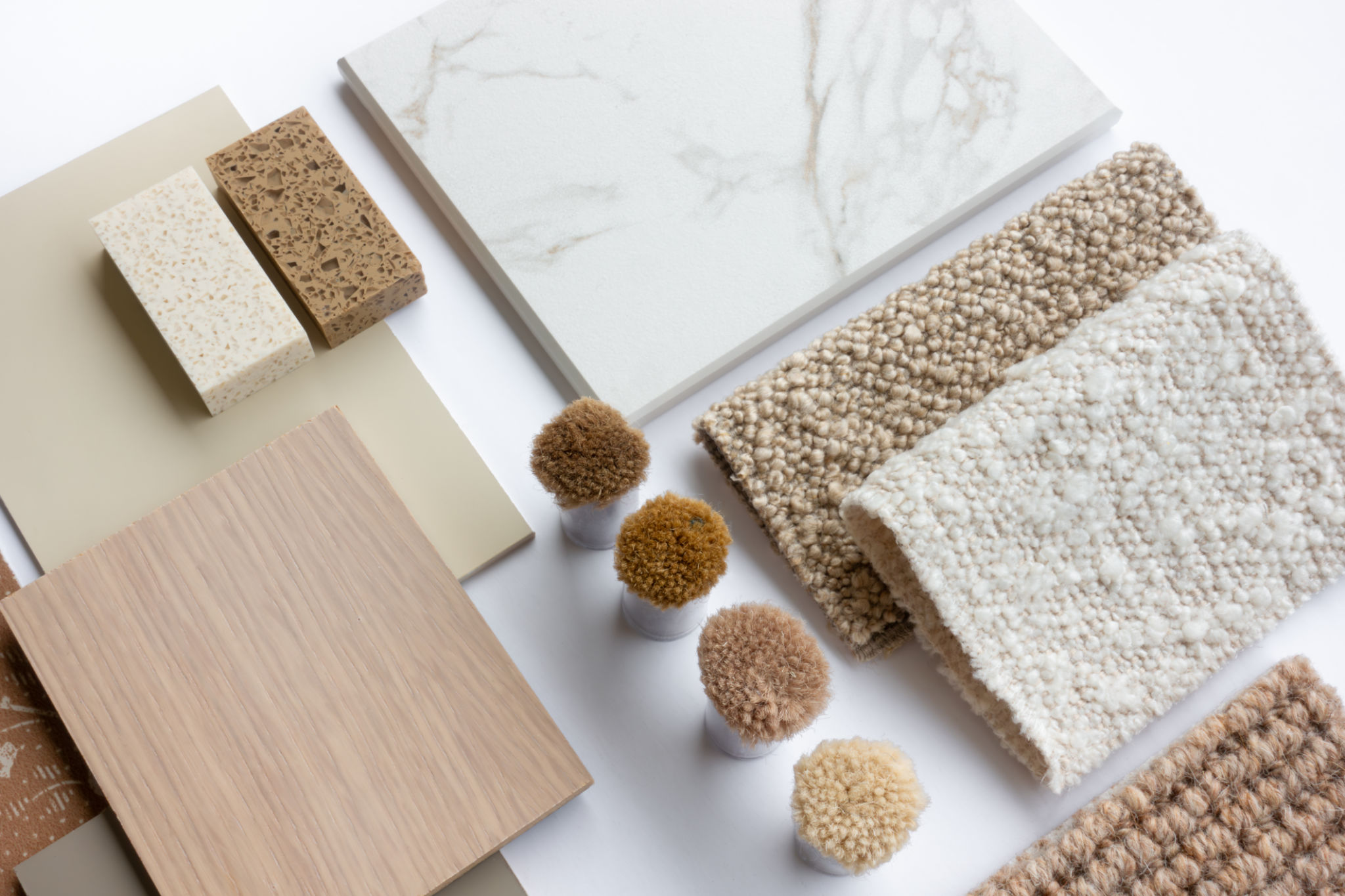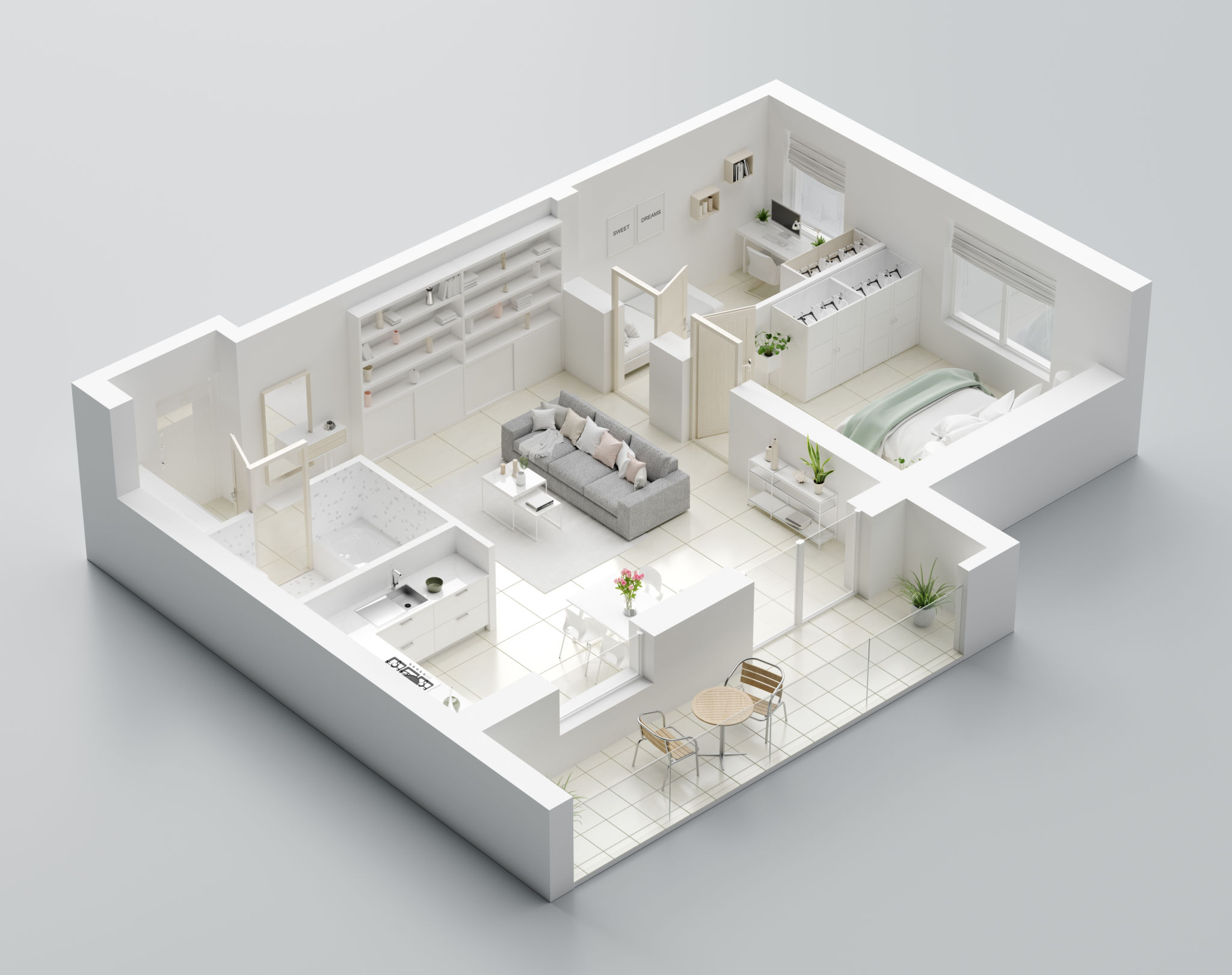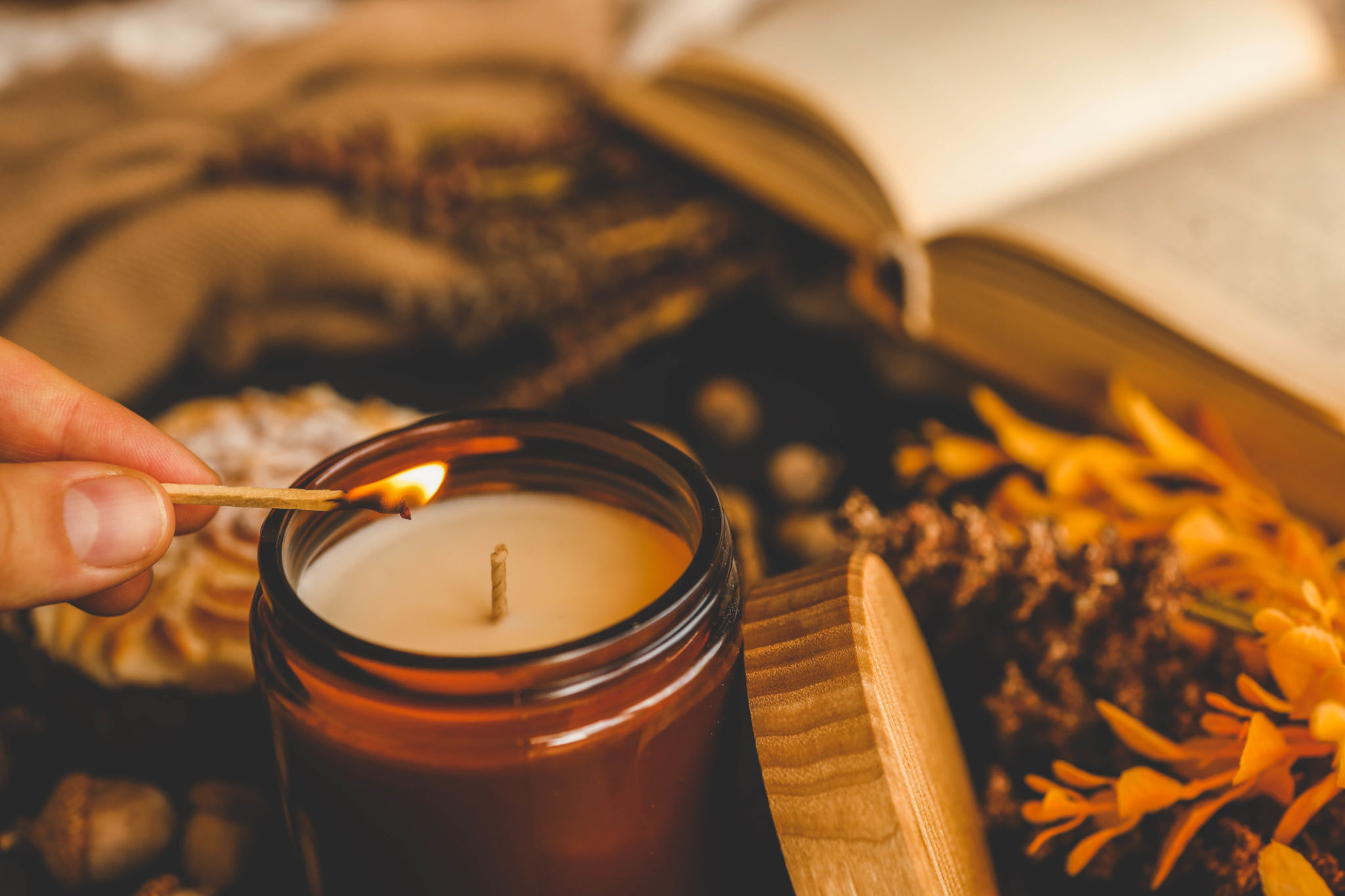Creating a Custom Home Interior: Insights from Toronto's Top Designers
Understanding Your Space and Style
Designing a custom home interior is an exciting journey that begins with understanding your space and personal style. Toronto's top designers emphasize the importance of assessing the dimensions and architecture of your home to create a harmonious design. Consider the flow of rooms, the natural light that enters, and how each space will be used on a daily basis.
Personal style is equally crucial. Whether you lean towards modern minimalism or classic elegance, your home should reflect your personality. Create mood boards or gather inspiration from various sources to pinpoint the elements that resonate with you.

Choosing the Right Color Palette
The color palette sets the tone for your entire home. Designers recommend starting with a neutral base to provide versatility and timelessness. From there, you can incorporate bold accents or subtle variations to add depth and interest. Consider how colors interact with each other and how they make you feel.
Lighting plays a significant role in how colors appear, so be sure to test paint samples on your walls at different times of the day. This will help ensure that your chosen colors complement both natural and artificial light effectively.
Selecting Materials and Textures
Materials and textures are the foundation of your home's interior design. They add warmth, contrast, and character to each room. According to experts, it's essential to mix and match materials such as wood, metal, and textiles to create a balanced and inviting atmosphere.

Focus on quality over quantity when selecting materials. Investing in durable and high-quality options will not only enhance the aesthetics but also ensure longevity. Consider sustainability as well, opting for eco-friendly materials where possible.
Furniture and Layout Considerations
The furniture you choose should complement your design vision while maximizing functionality. Start by selecting key pieces that anchor each room, such as a statement sofa or a dining table. From there, build around these pieces with complementary items that enhance the overall look.
Layout is another critical aspect of interior design. Designers suggest experimenting with different arrangements to find what works best for both aesthetics and practicality. Keep pathways clear and ensure that furniture is proportionate to the space.

Incorporating Personal Touches
Adding personal touches is what truly makes a house feel like a home. Displaying artwork, family photos, or travel souvenirs can infuse your personality into the space. Some Designers advise using these elements thoughtfully, ensuring they don’t overwhelm the overall design.
Create focal points with larger pieces and use smaller items as accents. This approach maintains balance while allowing your individuality to shine through.
Lighting: The Key to Ambiance
Lighting is often considered the finishing touch in interior design. It not only affects the mood but also enhances the functionality of each room. Layering different types of lighting—ambient, task, and accent—can create a dynamic and adaptable environment.

All Designers recommend dimmable lights for versatility, allowing you to change the atmosphere according to the occasion. Pay attention to light fixtures as well; they can serve as statement pieces that tie together your entire design concept.
Working with Professional Designers
While creating a custom home interior can be rewarding, working with professional designers can elevate your project to new heights. All top designers bring expertise, experience, and fresh perspectives that can transform your vision into reality.
Professionals can help navigate challenges, provide access to exclusive resources, and ensure that every detail is meticulously planned and executed. Collaborating with a designer allows you to focus on enjoying the process without getting bogged down by complexities.
Maintaining Your Interior Design
Once your custom home interior is complete, maintaining its beauty becomes a priority. Regular cleaning and upkeep of furniture, fabrics, and surfaces will keep everything looking pristine. Rotate decorative items occasionally to refresh the space without major overhauls.
Adapting your interior design as your lifestyle evolves is also essential. Stay open to updates and improvements that continue to align with your needs and preferences over time.
